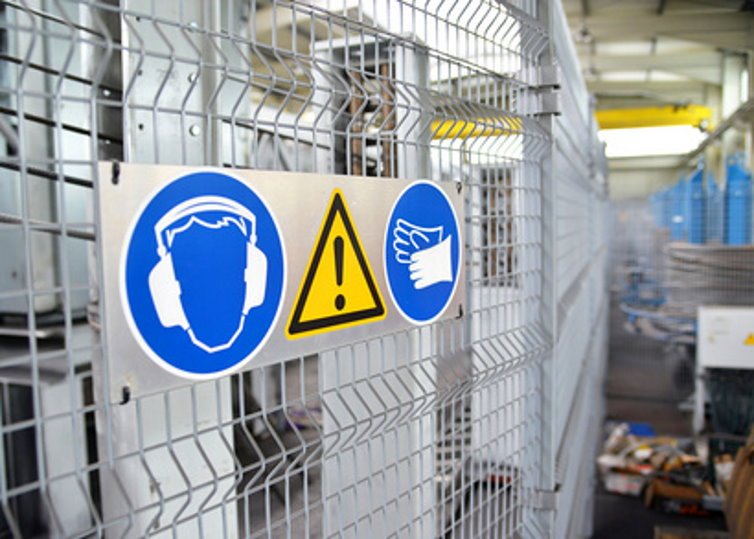NOISE – Can’t hear yourself think?

Noise – it’s all around us. Children shouting in a playground, beeping horns in a traffic jam or the rustle of branches in the breeze. Mostly harmless, but what about noises that cause irreparable damage to one’s hearing?
The anatomy of the ear is complex, but in short when sound waves enter the ear and travel down the ear canal they are picked up by tiny hair cells in the cochlea – a snail shaped structure in the inner ear. These tiny hairs move with the sound depending on the level of noise. Over time, constant noise can cause damage to these hairs – or, a one off loud noise can cause these cells to bent, snap or break off. Either way, these hairs do not repair themselves. They are not like the hairs on your head. Once damaged, they do not ‘grow back’ and the damage is done.
How is noise measured?
Noise is measured in decibels (dB). An ‘A-weighting’ sometimes written as ‘dB(A)’, is used to measure average noise levels, and a ‘C-weighting’ or ‘dB(C)’, to measure peak, impact or explosive noises. You might just notice a 3 dB change in noise level, because of the way our ears work. Yet every 3 dB doubles the noise, so what might seem like small differences in the numbers can be quite significant.
What is unreasonable noise?
As a guide, two employees should be able to hold a conversation standing 2 metres apart without having to raise their voices to be heard. If this is not possible, you must consider the potential noise hazards in the workplace.
So, as an employer, what must you do to protect the hearing of your employees?
First step is to carry out a noise risk assessment, considering the equipment and activities that create noise, and also environmental factors – busy roads, loud offices. Consider where possible you may be able to remove the source of noise or introduce controls to reduce interaction with noisy equipment and work activities.
The Noise Regulations require you to take specific action at certain action values. These relate to:
- the levels of exposure to noise of your employees averaged over a working day or week; and
- the maximum noise (peak sound pressure) to which employees are exposed in a working day.
The values are:
- lower exposure action values:
- daily or weekly exposure of 80 dB;
- peak sound pressure of 135 dB;
- upper exposure action values:
- daily or weekly exposure of 85 dB;
- peak sound pressure of 137 dB.
The problem with hearing protection
Personal Protective Equipment (PPE) should only ever be used as the final control measures if all other options have been exhausted. PPE – including hearing protection – relies on the user wearing it correctly, after the employer has made an informed choice on the type of hearing protection to make available to their employees.
Employers must also take care to not overprotect workers from noise. By overprotecting workers, you dull their senses – meaning they may not be able to hear safety critical announcements such as warning sirens, shouts or emergency announcements such as the fire alarm.
Choosing hearing protection, if required, should not be a ‘one size fits all’ decision.
For assistance with noise risk assessments or other consultancy services, please do not hesitate to contact Altrurisk on 01942 318043.